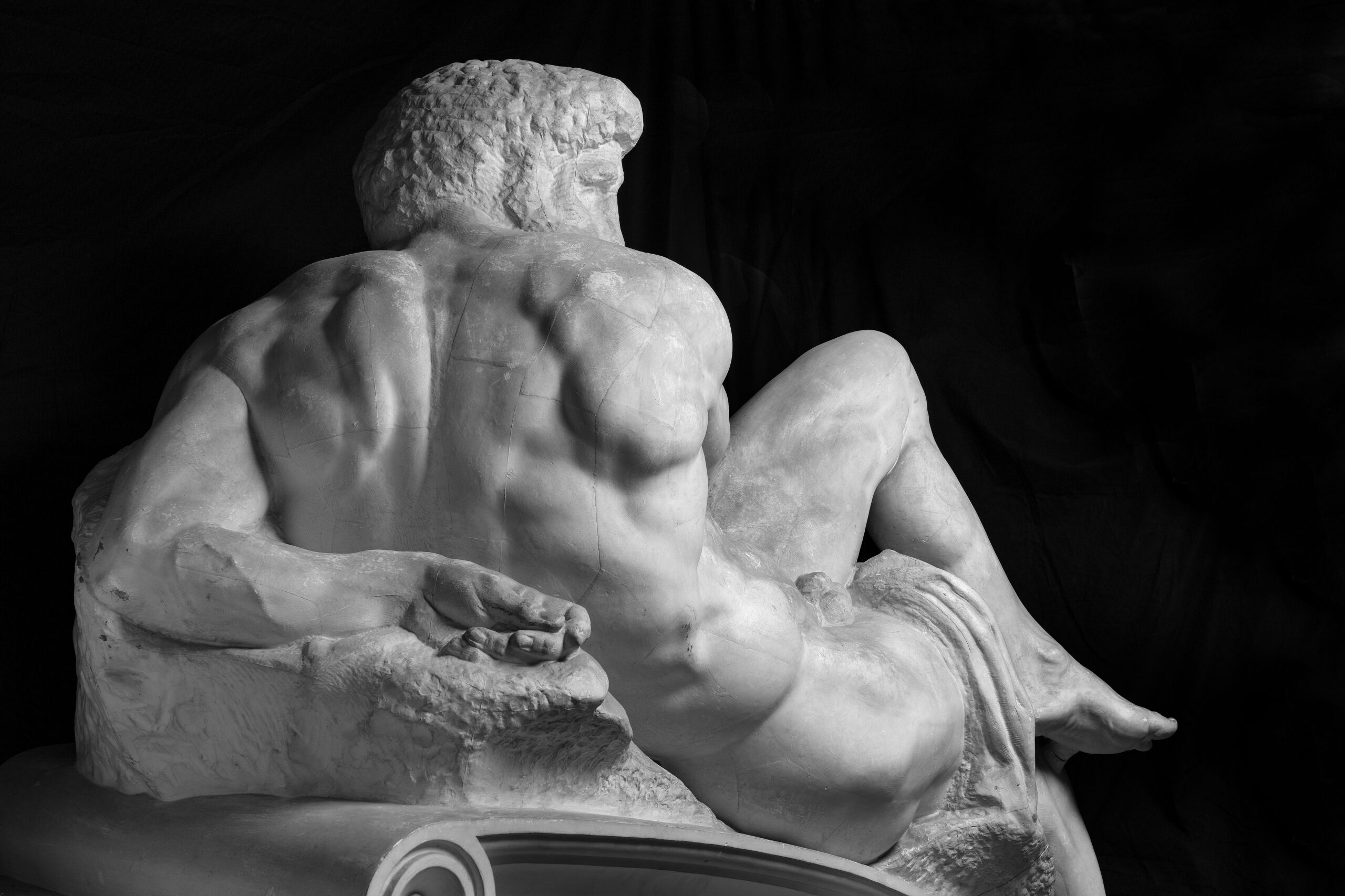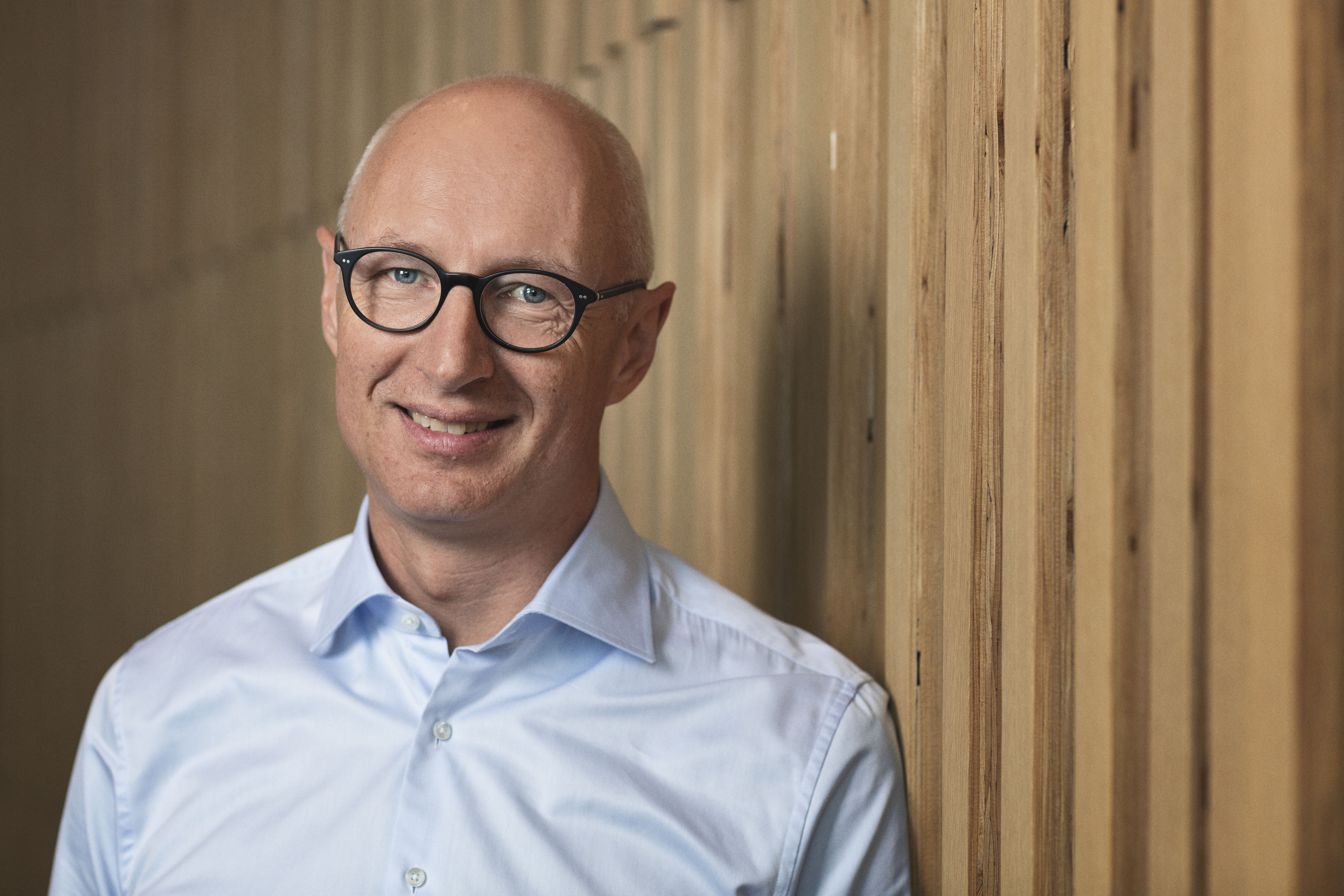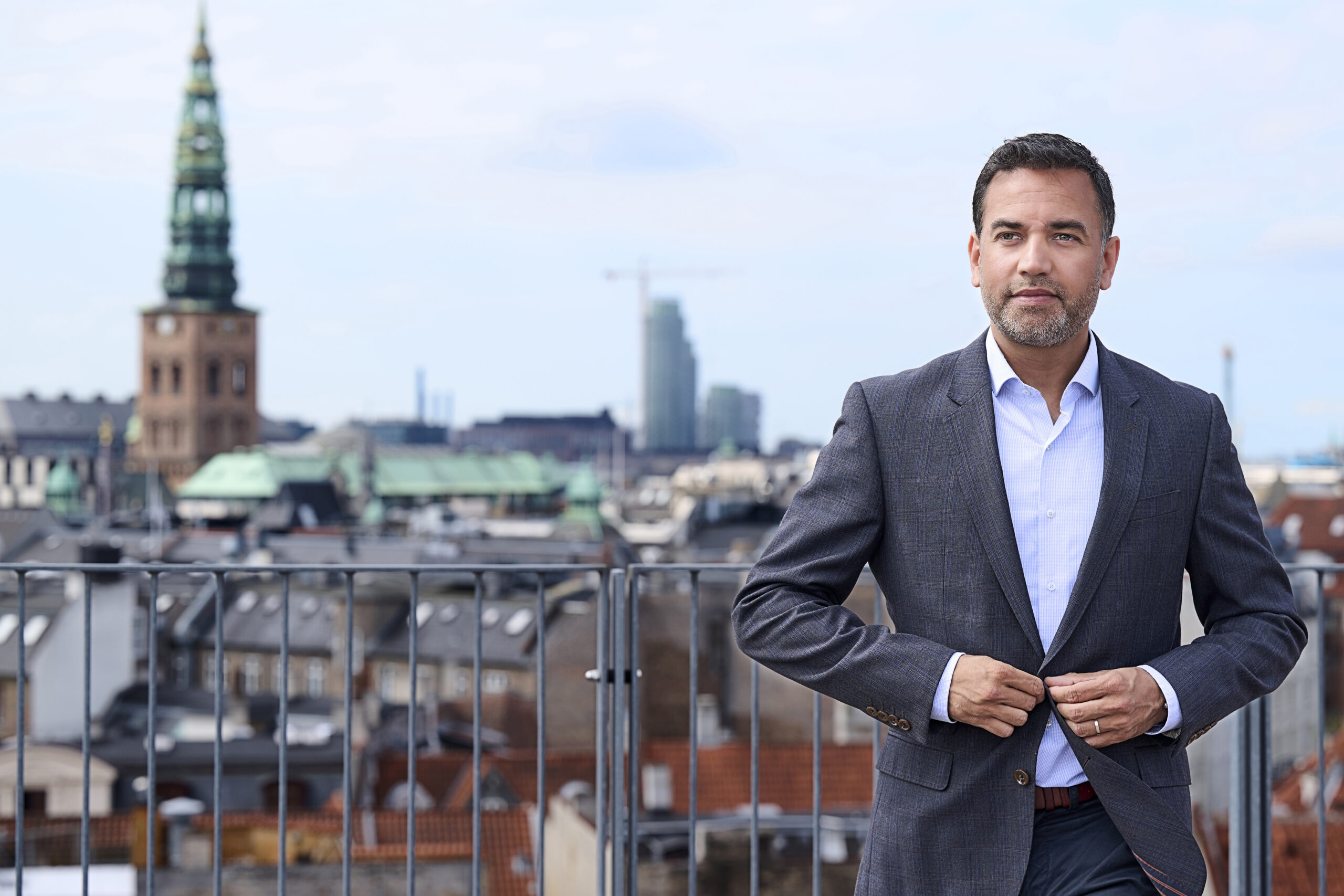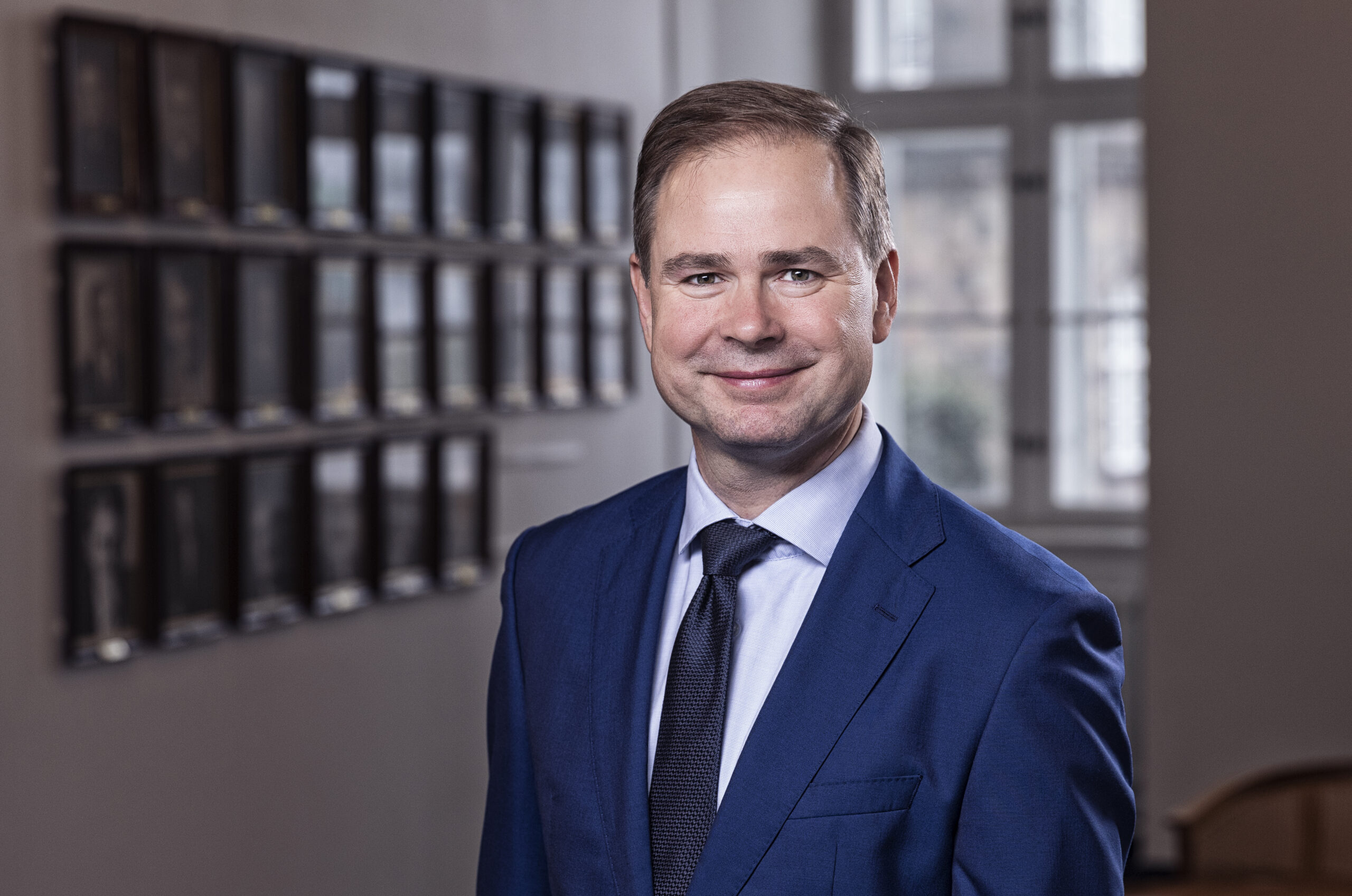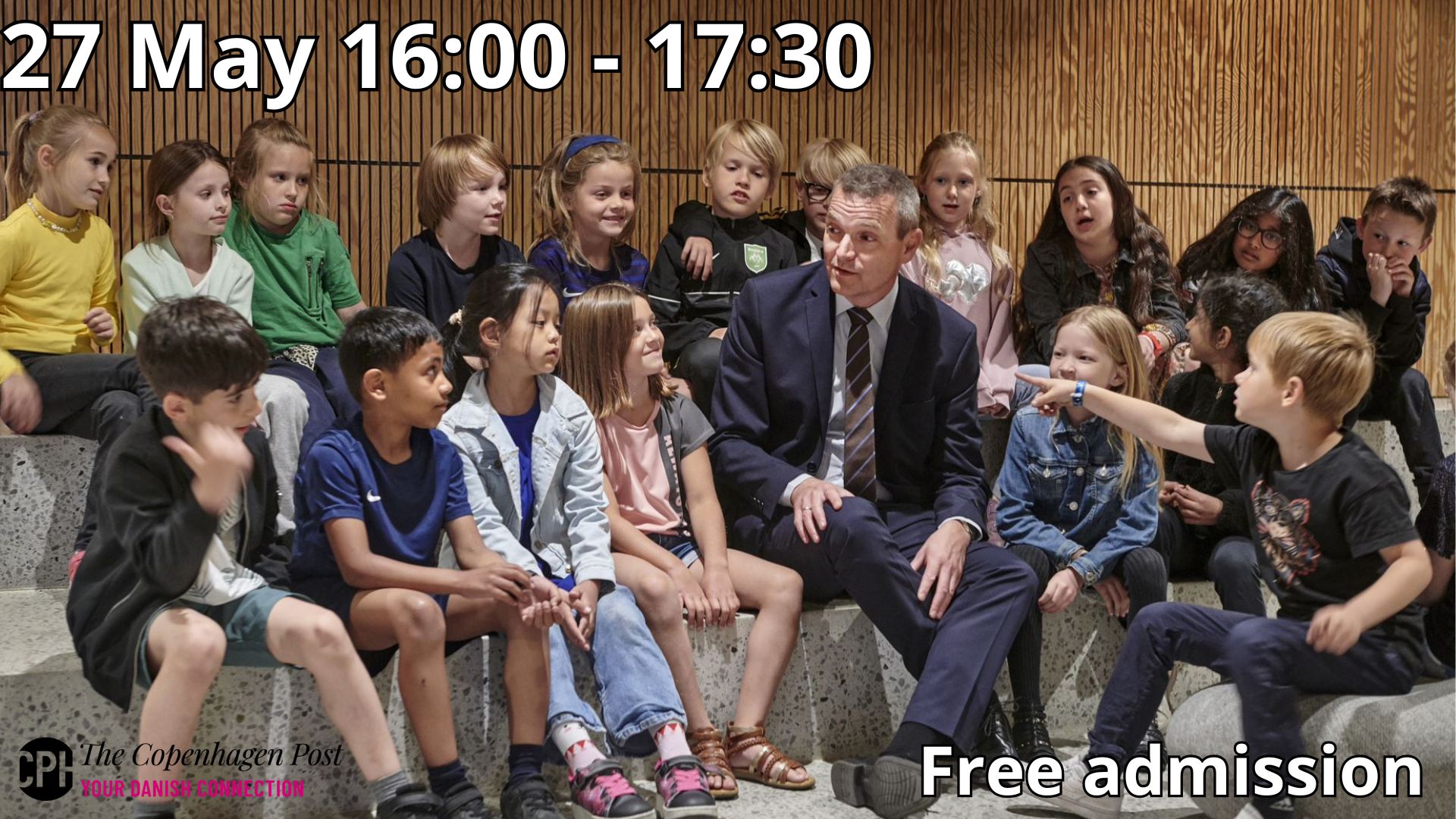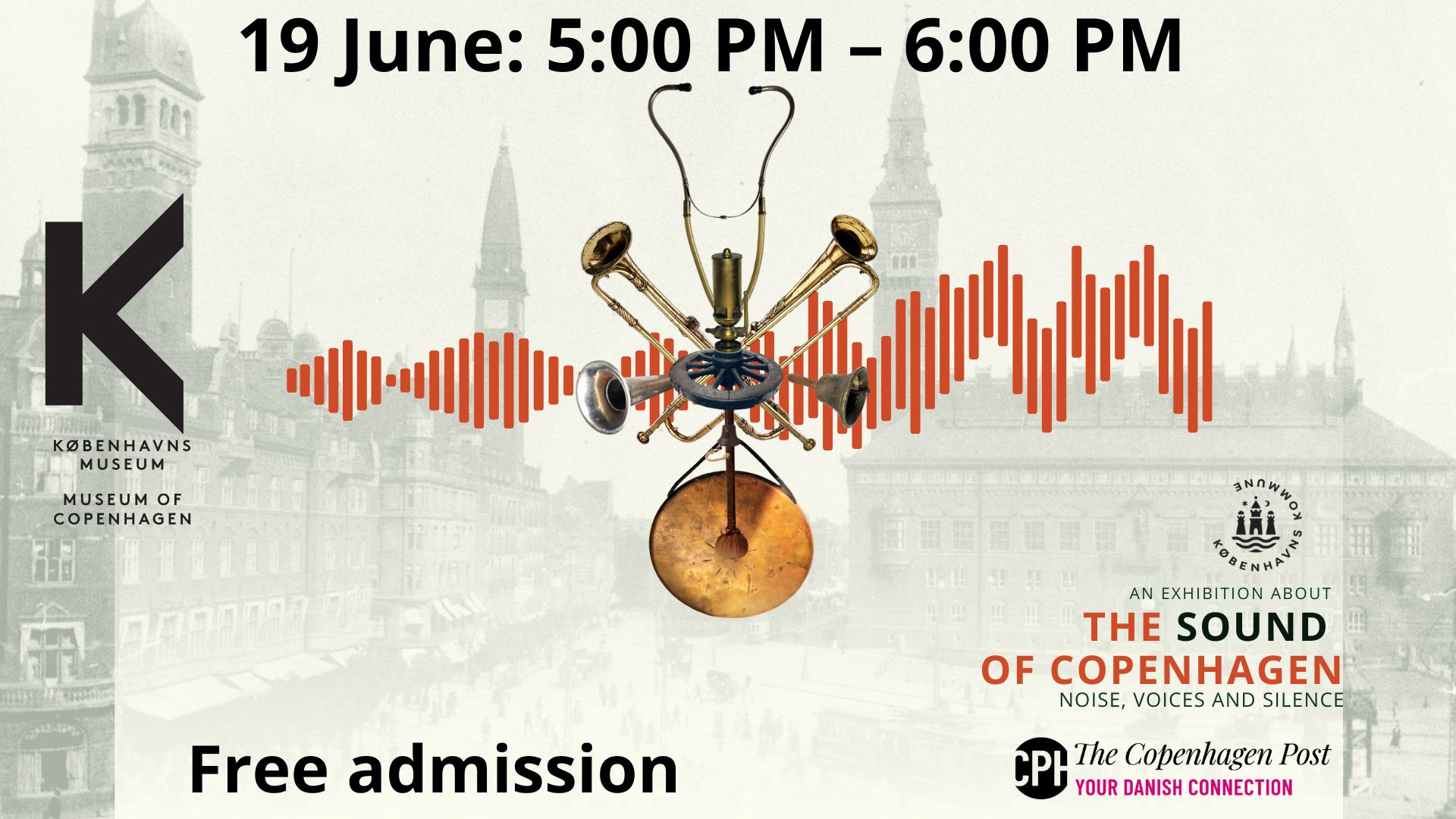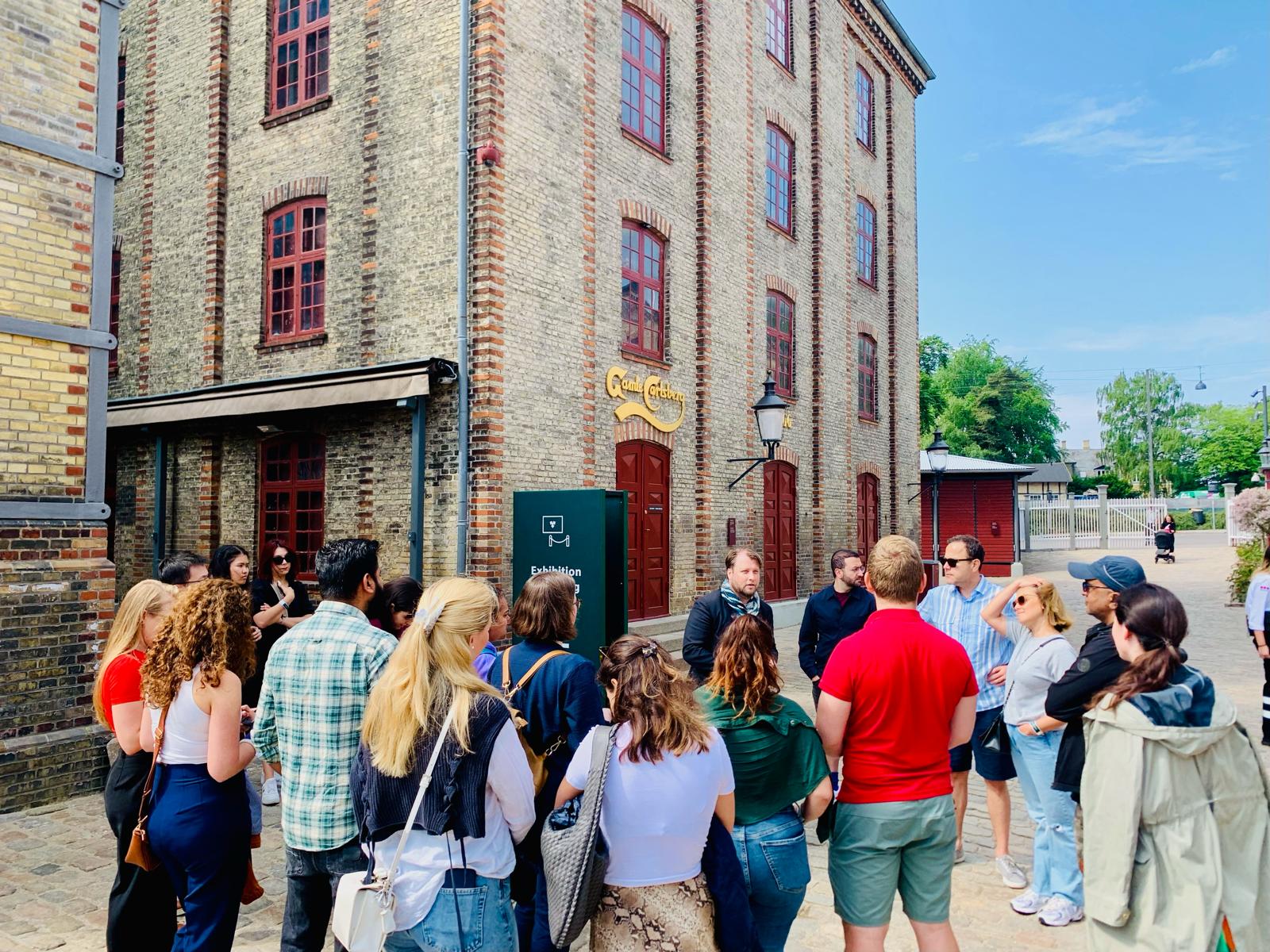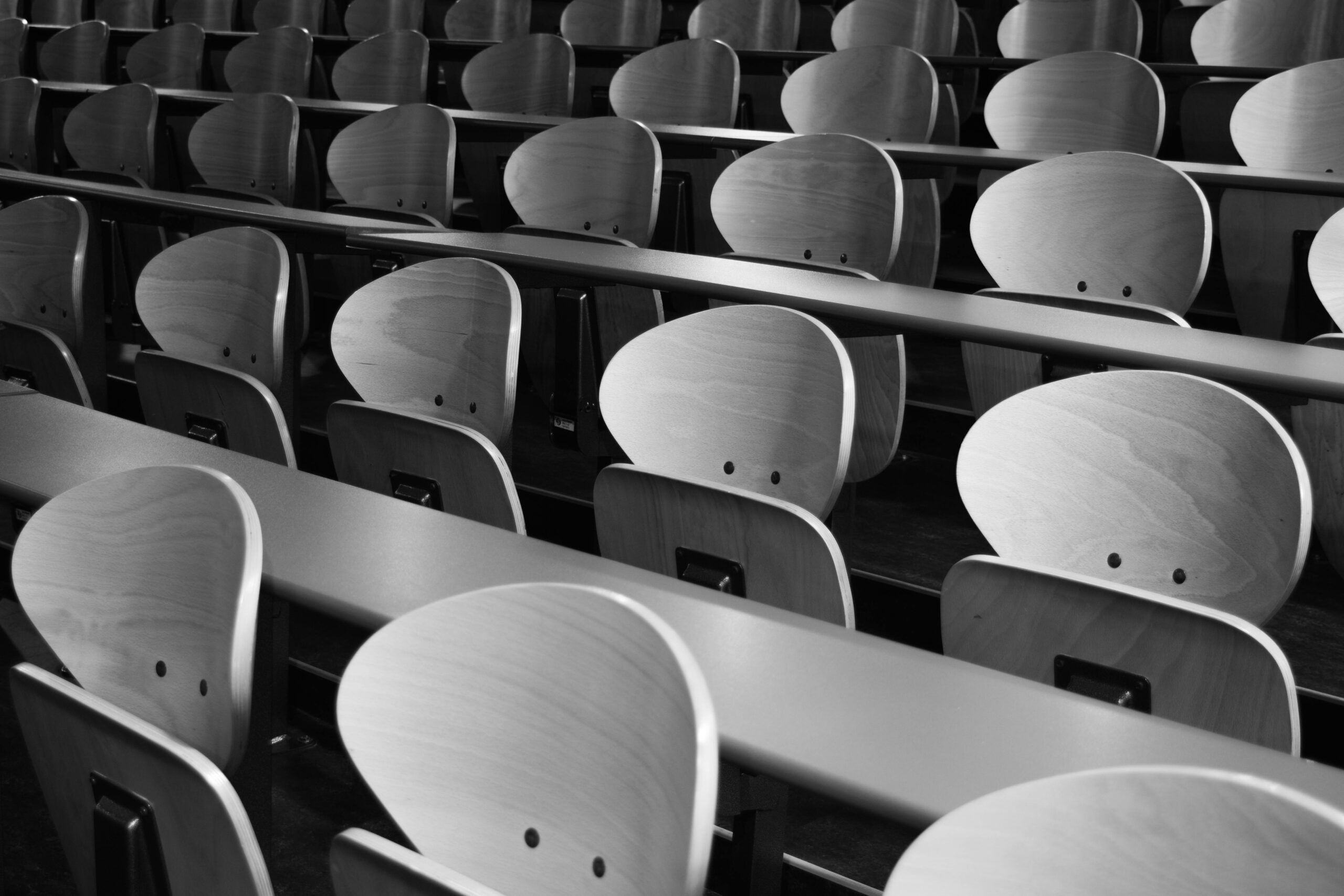Standing tall under a glass ceiling and bathed in the bright springtime light, Michelangelo’s most famous subject casts a strong figure. There’s motion in David’s pose and an exaggerated humanity in his proportions. This is a weathered reproduction brought inside from a plinth by Copenhagen’s harbour, but as you move around the statue, this is forgotten. David’s expression moves between strength and power, to a very human sense of fear and doubt.
SMK’s exhibition of Michelangelo’s sculptural work is the world’s largest collection of reproductions of his sculptures, and the focus throughout is on the human artist behind these figures, so many of whom are instantly recognisable.
Using plaster casts from the Royal Cast Collection and newly produced 3D modelled and cast sculptures, the exhibition brings together pieces of work that would otherwise never be exhibited in the same space. That means we’re able to see what Michelangelo focused on in his art, and the themes that tied both his life and his art together.
What emerges is a unique exploration of the artist.
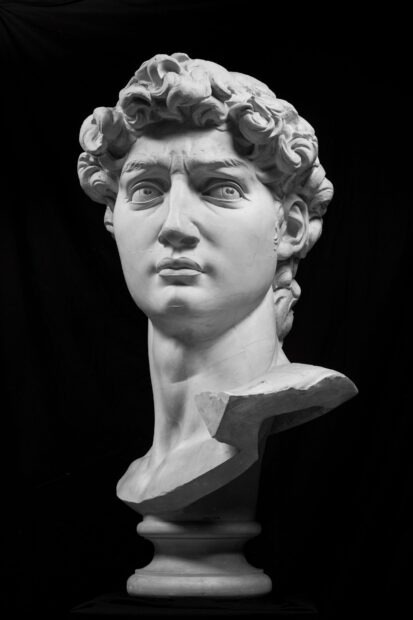
In the carefully placed sculptures, we see his unique ability to portray the tension between body and the spirit, between the Christian worldview that dominated the cultural narrative that birthed Michelangelo, and the Renaissance that he would come to embody.
Pieces like Virgin and Child: Medici Madonna and Genius of Victory demonstrate Michelangelo’s genius in drawing out tremendous and complex emotion from a cold and heavy medium. Walking through the exhibition rooms and into the open and bright atrium, ‘sculpture street’, you’re surrounded by twisted, dancing movement in stone. Rather than feeling cold, like David they are brought inside and made human.
Michelangelo strived for greatness and perfection, but SMK is keen to stress not only the humanity of the artist, but on the imperfection of his art, and suggests that this falling short of absolute perfection is what makes his art continue to resonate today.
Many of the sculptures are unfinished or part of grander plans that would be much reduced from the artist’s original plans, as in the case of Pope Julius II’s tomb.
Sketches of these plans, together with letters written to friends during their planning and construction, go further in laying bare the life of the artist behind the sculptures. SMK have made great efforts to bring the craftsmanship into the human realm. Without this, the works can start to feel like a balloon and float away, such is their marble white perfection. The sketches surrounding them are unfinished and seem joyfully rushed, and the letters are filled with anxiety and bureaucracy. They tether the focus of the exhibition back to earth.
Unlike the Roman and Greek statues that must have felt like they emerged perfectly from the earth during the time Michelangelo was working, his art was resolutely more human and more reflective of the vision of the artist.
This is the tension throughout the exhibition which stands out. SMK succeed in highlighting the push and pull of perfection and imperfection, and the humanity of the artist and his subjects with the spiritual and religious nature of so much of the material.
The most interesting legacy of the exhibition, however, might be the fact that it’s happening at all. By combining the traditional plaster cast copies of famous works such as David and Moses with newly commissioned 3D-modelled facsimilies, SMK reimagine what it means to curate art experiences and how to embrace modern technologies.
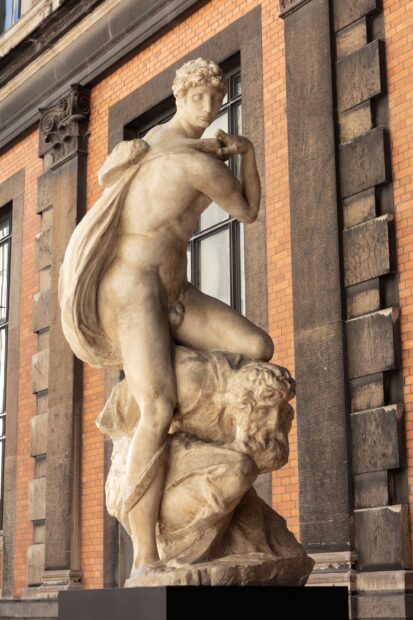
So much art can’t be moved from its original location for many reasons- perhaps it’s too fragile, heavy or culturally important. But by using modern technologies, galleries can produce high-quality reproductions, and curate collections around themes, narratives or movements.
What used to be a dirty concept in the art world- copies and reproductions- could be reframed as technology continues to improve. When curated carefully, as SMK have done here, there’s an opportunity to reimagine what an art gallery can achieve.
I hope that in the future, other galleries and exhibitions can succeed as well as this one at placing the focus not on the technology itself, but on the art and the reasons why it’s been brought together to be viewed as a whole.
Michelangelo: Imperfect is open now, and runs until 31 August 2025

